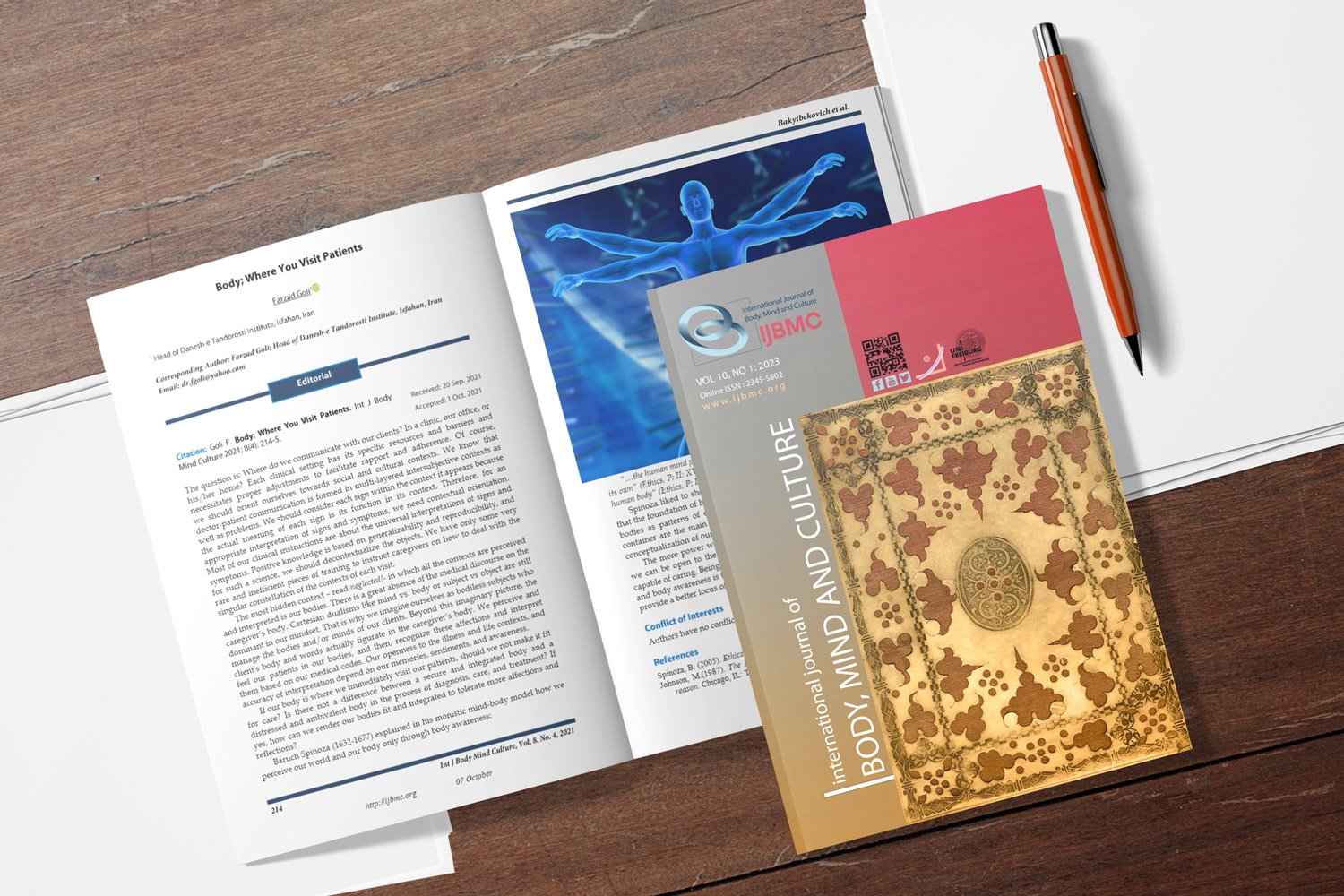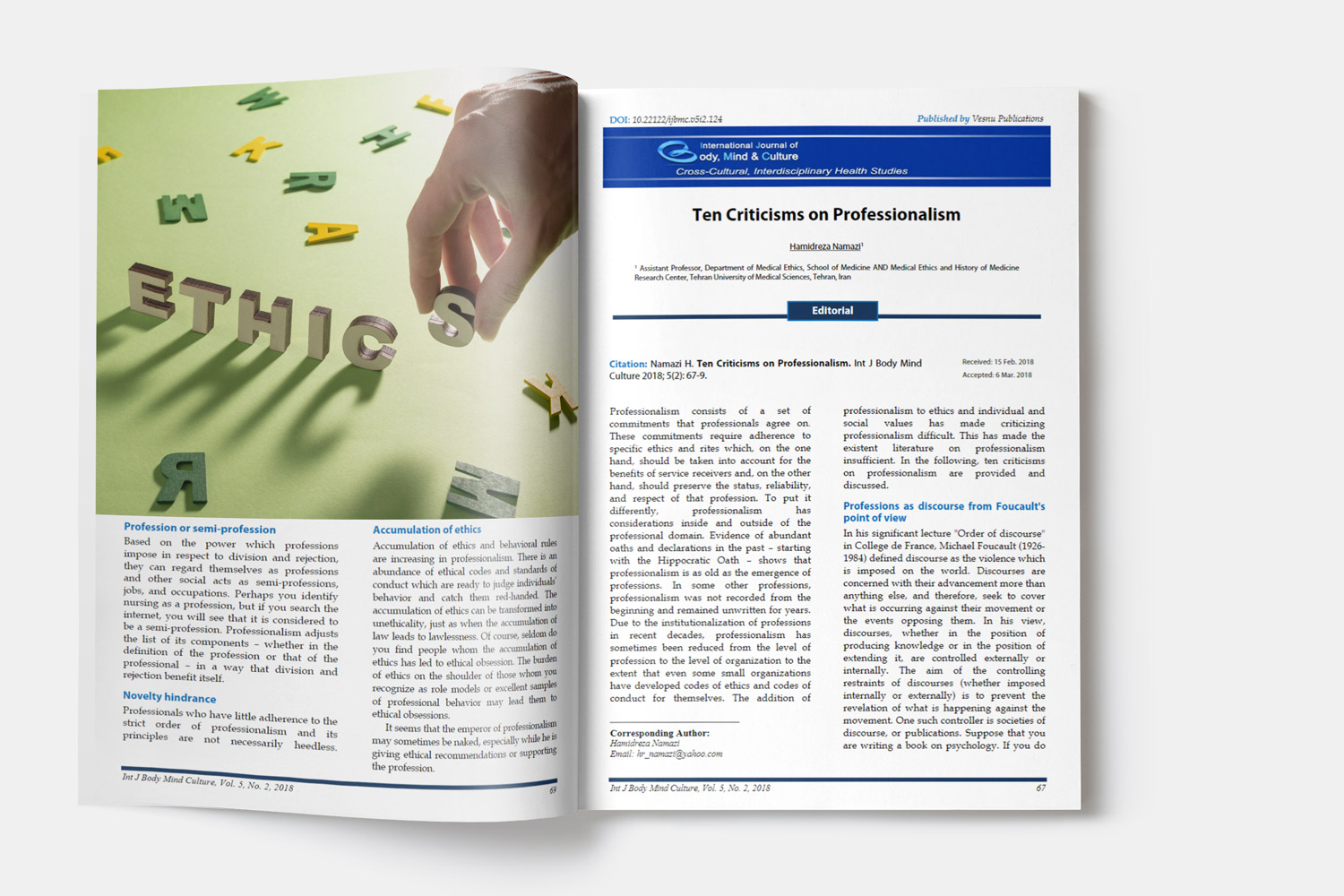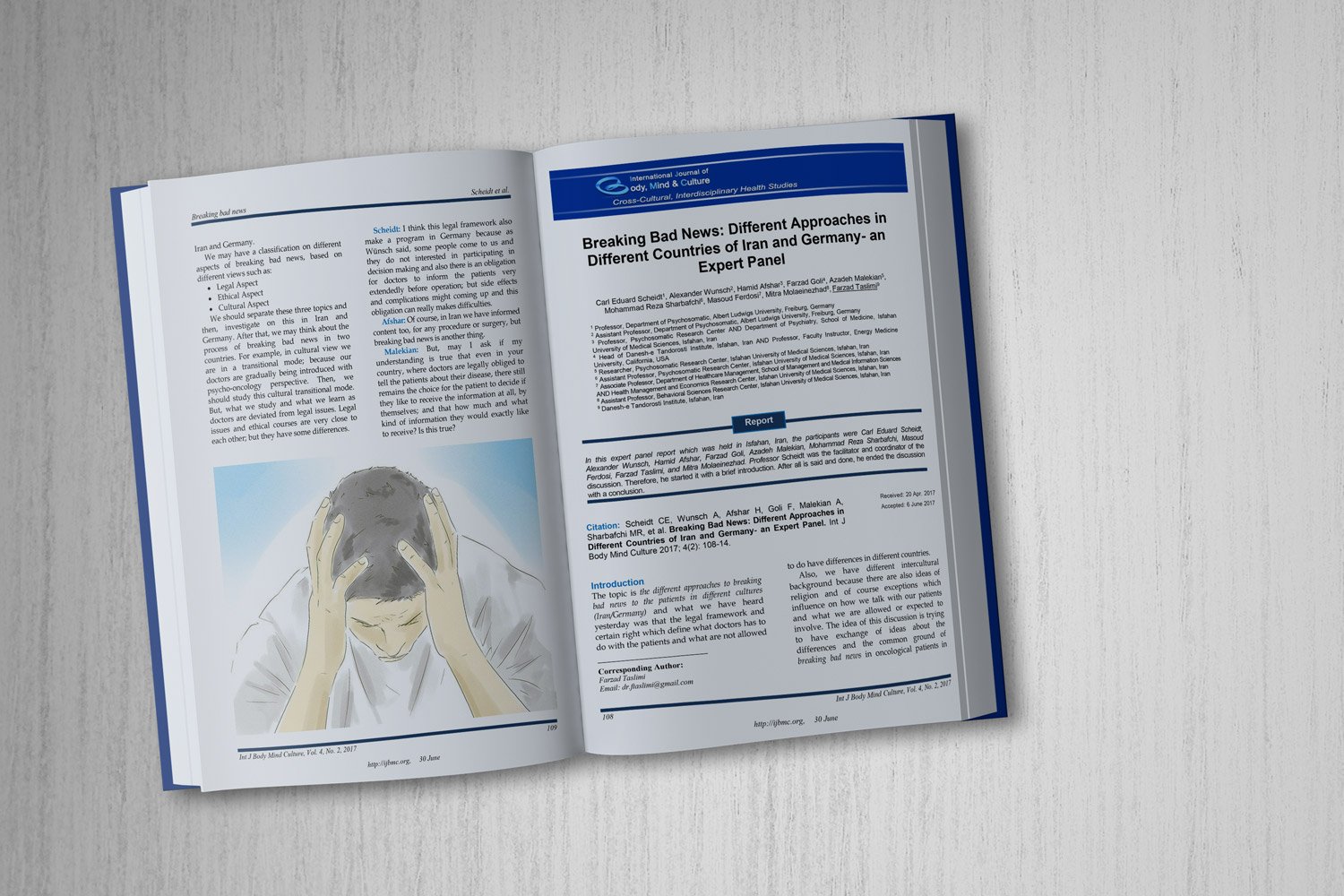Structural Equation Modeling of Neuropsychological Functioning and Quality of Life in MS Patients: The Mediating Role of Distress Tolerance
Downloads
Objective: This study examined the structural relationships between neuropsychological functioning and QoL in MS patients, with distress tolerance as a mediating factor.
Methods and Materials: This descriptive-correlational study utilized structural equation modeling (SEM) to analyze data from 390 MS patients affiliated with the MS Society in Sari, Iran, selected through purposive sampling. Participants completed the Neuropsychological Functioning Questionnaire (Najati, 2013), Multiple Sclerosis Impact Scale (MSIS-29) (McGuigan & Hutchinson, 2004), and Distress Tolerance Scale (Simons & Gaher, 2005). Data were analyzed using SPSS 24 and Amos 22, assessing model fit through CFI, RMSEA, and Chi-square/df indices.
Findings: Neuropsychological functioning had a direct, positive effect on QoL (β = 0.22, p < 0.01), and distress tolerance also had a significant direct effect on QoL (β = 0.39, p < 0.001). Mediation analysis confirmed that distress tolerance partially mediated the relationship between neuropsychological functioning and QoL (Sobel test = 4.58, p<0.001). Model fit indices indicated an acceptable fit (CFI = 0.91, RMSEA = 0.066, Chi-square/df = 2.23).
Conclusion: Findings highlight the role of neuropsychological functioning and distress tolerance in predicting QoL in MS patients. Psychological interventions targeting cognitive function and distress regulation may improve patients' well-being. Further research should explore how MS subtypes influence these relationships.
Downloads
Amaslidou, A., Ierodiakonou-Benou, I., Bakirtzis, C., Nikolaidis, I., Tatsi, T., Grigoriadis, N., & Nimatoudis, I. (2023). Multiple sclerosis and mental health related quality of life: The role of defense mechanisms, defense styles and family environment. AIMS Neuroscience, 10(4), 354. https://doi.org/10.3934/Neuroscience.2023027
Ayatollahi, P., Nafissi, S., Eshraghian, M., & Tarazi, A. (2006). Cross-cultural adaptation of the multiple sclerosis impact scale (MSIS-29) for Iranian MS patients, evaluation of reliability and validity. Tehran University Medical Journal, 64(1), 62–68. https://tumj.tums.ac.ir/article-1-1006-en.html
Azami, E., Dehghan, F., Parandin, S., Jalili, G., & Rezaei, M. (2019). Comparing emotion dysregulation and distress tolerance in multiple sclerosis patients and healthy individuals. Journal of Fundamentals of Mental Health, 21(4), 229–233. https://www.magiran.com/paper/2164595/emotion-dysregulation-and-distress-tolerance-in-multiple-sclerosis-patients-and-healthy-individuals?lang=en
Azizpour, A., Azmoudeh, M., Ayromlou, H., & Hoseini Nasab, S. D. (2025). The effectiveness of acceptance and commitment therapy and compassion-focused therapy on death anxiety and fear of falling in patients with multiple sclerosis: A quasi-experimental study [Research]. Journal of Rafsanjan University of Medical Sciences, 23(8), 677–690. https://doi.org/10.61186/jrums.23.8.677
Benedict, R. H., Wahlig, E., Bakshi, R., Fishman, I., Munschauer, F., Zivadinov, R., & Weinstock-Guttman, B. (2005). Predicting quality of life in multiple sclerosis: Accounting for physical disability, fatigue, cognition, mood disorder, personality, and behavior change. Journal of the Neurological Sciences, 231(1-2), 29–34. https://doi.org/10.1016/j.jns.2004.12.009
Brands, I., Bol, Y., Stapert, S., Köhler, S., & van Heugten, C. (2018). Is the effect of coping styles disease-specific? Relationships with emotional distress and quality of life in acquired brain injury and multiple sclerosis. Clinical Rehabilitation, 32(1), 116-126. https://doi.org/10.1177/0269215517718367
Fernández-Jiménez, E., & Arnett, P. A. (2015). Impact of neurological impairment, depression, cognitive function, and coping on quality of life of people with multiple sclerosis: A relative importance analysis. Multiple Sclerosis Journal, 21(11), 1468-1472. https://doi.org/10.1177/1352458514562439
Grech, L. B., Kiropoulos, L. A., Kirby, K. M., Butler, E., Paine, M., & Hester, R. (2015). The effect of executive function on stress, depression, anxiety, and quality of life in multiple sclerosis. Journal of Clinical and Experimental Neuropsychology, 37(5), 549–562. https://doi.org/10.1080/13803395.2015.1037723
Gromisch, E. S., Schairer, L. C., Pasternak, E., Kim, S. H., & Foley, F. W. (2016). Assessment and treatment of psychiatric distress, sexual dysfunction, sleep disturbances, and pain in multiple sclerosis: A survey of members of the Consortium of Multiple Sclerosis Centers. International Journal of MS Care, 18(6), 291–297. https://doi.org/10.7224/1537-2073.2016-007
Lanzillo, R., Chiodi, A., Carotenuto, A., Magri, V., Napolitano, A., Liuzzi, R., Costabile, T., Rainone, N., Freda, M. F., Valerio, P., & Morra, V. B. (2016). Quality of Life and Cognitive Functions in Early-Onset Multiple Sclerosis European Journal of Paediatric Neurology, 20(1), 158-163. https://doi.org/10.1016/j.ejpn.2015.08.005
McGuigan, C., & Hutchinson, M. (2004). The Multiple Sclerosis Impact Scale (MSIS-29) is a reliable and sensitive measure of the impact of multiple sclerosis. Journal of neurology, neurosurgery & psychiatry, 75(2), 266–269. https://pubmed.ncbi.nlm.nih.gov/14742602/
Najafi, E., Mousavi Pour, S., & Sajadi Nejad, M. A.-S. (2024). Comparing the Effectiveness of Meaning Therapy and Acceptance and Commitment Therapy on Resilience and Quality of Life in Patients with Multiple Sclerosis. Journal of Rehabilitation Research in Nursing, 10(3), 103-114. http://ijrn.ir/article-1-764-fa.html
Nejati, V. (2013). Correlation between students' educational status and cognitive brain abilities. Education Strategies in Medical Sciences, 6(4), 217–221. https://edcbmj.ir/browse.php?a_id=428&sid=1&slc_lang=en
Ow, N., Joe, A. K., Dilenge, M., Sébire, G., Rafati, A., & Yousefi, A. (2022). Quality of life in pediatric-onset multiple sclerosis: Different disease course, different impact, different measurement approach needed. JO - Multiple Sclerosis and Related Disorders Comparison of family functioning and quality of life of people with MS disease with healthy people. New Advances in Behavioral Sciences, 60(38), 103–113. https://doi.org/10.1016/j.msard.2022.103820
Rostami, F., Vakilian, A., Esmaeilian, S., Jalali, N., & Tahernia, H. (2024). Epidemiology and Clinical Features of Multiple Sclerosis in Rafsanjan City, Kerman Province, Iran: A Cross-Sectional Study from 2011 to 2020.
Sandesjö, F., Tremlett, H., Fink, K., Marrie, R. A., Zhu, F., Wickström, R., & McKay, K. A. (2024). Incidence rate and prevalence of pediatric-onset multiple sclerosis in Sweden: A population-based register study. European Journal of Neurology, 31(5), e16253. https://doi.org/10.1111/ene.16253
Simons, J. S., & Gaher, R. M. (2005). The Distress Tolerance Scale: Development and validation of a self-report measure. Motivation and Emotion, 29(2), 83–102. https://doi.org/10.1007/s11031-005-7955-3
Vagias, H., Byrne, M. L., Millist, L., White, O., Clough, M., & Fielding, J. (2024). Visuo-cognitive phenotypes in early multiple sclerosis: a multisystem model of visual processing. Journal of Clinical Medicine, 13(3), 649. https://doi.org/10.3390/jcm13030649
Vaheb, S. (2024). Multiple Sclerosis and Personality Traits: Associations With Depression and Anxiety. European Journal of Medical Research, 29(1). https://doi.org/10.1186/s40001-024-01772-0
Copyright (c) 2025 International Journal of Body, Mind and Culture

This work is licensed under a Creative Commons Attribution-NonCommercial 4.0 International License.















